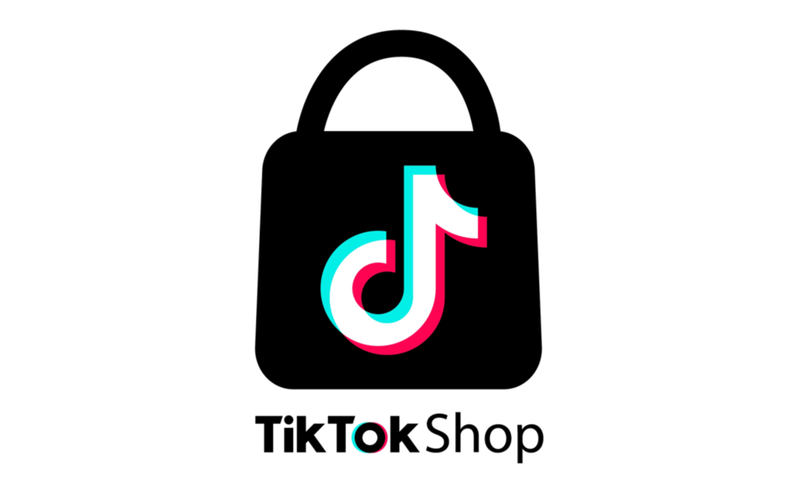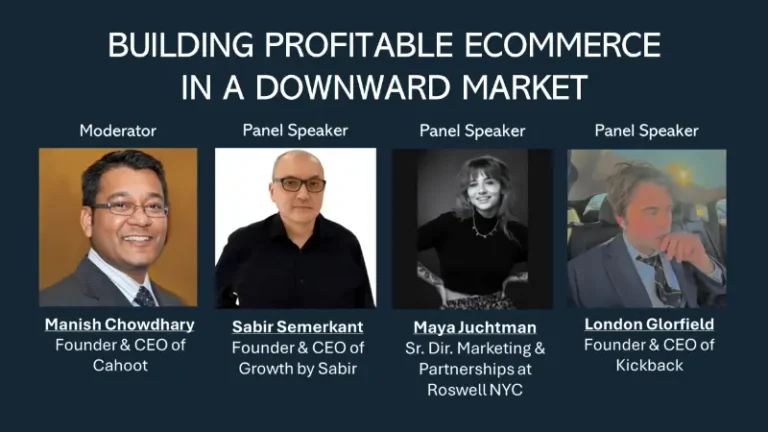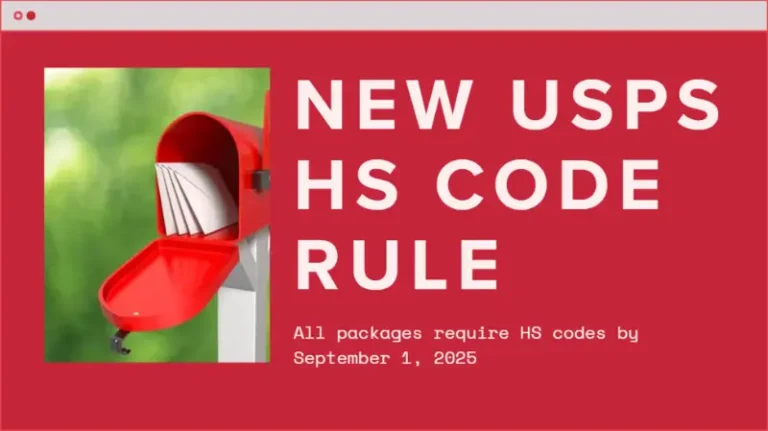TikTok Shop’s 2024–25 Shift: From Free Viral Reach to Pay-to-Play

Last updated on June 05, 2025

TikTok Shop’s U.S. launch (Sept 2023) initially promised easy viral exposure on the For You Feed. In 2024, TikTok lured merchants with low fees and promotional subsidies (free shipping, discounts) to jump-start its marketplace. However, by late 2024/early 2025, this “freebie” era faded. Industry reports and insiders confirm that TikTok is pulling back organic traffic; brands now generally must pay for views that once came for free. For example, TikTok’s U.S. launch helped sellers of quirky products (e.g., “Taco Blanket” and “Claw-Toe Socks”) rack up millions of views without ad spend, but today, unpaid view counts are “few and far between,” and small merchants report steep drops in sales.
Decline of Free Organic Reach
- Honeymoon Over. Business Insider and industry sources say TikTok Shop spent 2023 supplying free feed traffic to early U.S. sellers. That helped small brands go viral overnight, but those days are gone. “The era of free traffic on TikTok is fading,” one report bluntly states.
- Small Sellers Squeezed. Merchants who called TikTok a “cheat code” to reach customers cheaply now struggle. One case: Cell Phone Seat’s Scott McIntosh saw organic sales drop almost 95%, from ~$1,000/day to just ~$50/day, after the free-traffic era ended. Agencies note that brands once relying on lucky viral hits must now rethink strategy. Influencer marketers agree that “organic reach becomes increasingly difficult” on TikTok, forcing a shift toward deliberate paid promotion.
- Battle for Discoverability. TikTok still touts its “discovery ecommerce” model (personalized in-feed shopping), but sellers find their products no longer pop up organically unless paid. Many report having to post hundreds of videos (often via affiliates) just to get noticed. In short, viral organic drops and bonus order surges are now extremely rare.
Slash Your Fulfillment Costs by Up to 30%
Cut shipping expenses by 30% and boost profit with Cahoot's AI-optimized fulfillment services and modern tech —no overheads and no humans required!
I'm Interested in Saving Time and MoneyRise of Paid, Performance Ads
- Pay-to-Play Pivot. Multiple sources confirm that TikTok Shop has shifted to a paywall model. “TikTok is shifting away from sending traffic … for free. Instead, businesses will need to pay for TikTok ads” to get the views they previously enjoyed. TikTok partners advise brands to build as if on an ad-driven marketplace; without ad spend, “you’re destined to falter,” says Orca CEO Max Benator. In other words, paid ads are now the default way to attract buyers.
- New Ad Tools. Reflecting this strategy, TikTok is rolling out sophisticated ad products. In mid-2024 it unveiled the Smart+ AI suite for automated campaign bidding and optimization. This push toward advertising tech underscores that TikTok is focusing on advertiser ROI rather than free virality. (Embedding AI-driven performance tools into its platform is a clear signal that TikTok expects sellers to pay for reach.)
- Influencers & Creators. Because organic feed placement is harder, many sellers rely on paid influencer campaigns and TikTok’s affiliate programs. TikTok Shop merchants “typically use ads and sponsored ‘influencers’ to market their products to TikTok’s 170 million U.S. users.” Even mid-tier creators can earn commissions promoting products, but their videos now often require paid boosts or ads behind them. In practice, most sellers say they must spend steadily on Spark Ads or Shop Ads to stay visible.
Rising Costs and Competition
- Higher Fees and Shrinking Subsidies. TikTok has quietly slashed its seller subsidies. In 2023 it charged a 2% commission and paid much of sellers’ shipping costs; by April 2024 it raised the cut to 6% (then scheduled to 8% in mid-2024). Paid shipping promotions and first-order coupons also began disappearing. As one small seller notes, losing TikTok-paid shipping on a $29 item (with $5 freight) would obliterate his margins. These fee hikes mirror TikTok’s move away from “too good to be true” launch incentives.
- Ad Costs and Fatigue. Advertisers warn that running ads on TikTok is getting pricier and less efficient. TikTok ads “fatigue much faster than on other platforms”: a campaign on TikTok may deliver for only 3–4 weeks, versus months on Facebook/Instagram. In practice, sellers say they must refresh creatives frequently and pump money into ads just to hold reach. With more competitors joining TikTok Shop (Data.ai reports ~240K U.S. sellers on TikTok Shop as of 2024), bidding for FYP space is more intense and costly.
- Price-Sensitive Shoppers. The fee increases have potential side effects. TikTok’s audience skews Gen Z, who are very price-conscious; they can easily compare prices on other channels. Experts warn that passing higher costs to consumers (via slightly higher prices or new fees) could erode loyalty. In short, small brands face a squeeze: rising TikTok fees plus unbundled advertising costs are eating into margins.
Looking for a New 3PL? Start with this Free RFP Template
Cut weeks off your selection process. Avoid pitfalls. Get the only 3PL RFP checklist built for ecommerce brands, absolutely free.
Get My Free 3PL RFPAgency and Expert Reactions
- Social Commerce Pros Sound the Alarm. TikTok-focused agencies and retail analysts describe the shift as an inflection point. Orca CEO Benator (also co-host of the SoCom social commerce conference) urges clients to adopt an “ad-driven marketplace” model. William August of Outlandish agrees that moving to paid is “a sign the platform is maturing.” Retail analysts (Forrester’s Mary Pilecki) note merchants will have to absorb or pass on new fees, likely weakening consumer loyalty. One commenter wryly observes, “When TikTok gets closer to being like Amazon … the less I’m going to focus on TikTok.”
- Brands Feeling the Pinch. Some brand leaders confirm the impact: a beauty retailer told Veeqo that TikTok Shop accounted for about 23% of its DTC sales. Such companies must now consider that ¼ of revenue channel could require ads or disappear. Others (like McIntosh’s gadget business) say they may shift budgets back to Amazon or their own sites if TikTok continues winding down freebies. As RetailBoss CEO Jeanel Alvarado puts it, brands deeply invested in TikTok’s ecosystem risk losing “entire social commerce infrastructure” if they have to suddenly pivot away.
- Agency Playbook Adjusted. Marketing experts advise adapting to the new reality. Influencer strategists suggest focusing on well-targeted, purchase-ready audiences rather than broad reach. They also note user fatigue: TikTok feeds now contain so much Shop content that viewers can feel “overwhelmed by constant promotional content,” which could blunt the impact. Agencies emphasize building robust paid strategies alongside organic content: for instance, Front Row Group’s Yuriy Boykiv calculates that selling on TikTok often requires giving away 50–60% of the product’s price to ads, influencer commissions, and logistics. In practice, many merchants now send thousands of free samples to affiliates and run continual ad campaigns, essentially treating TikTok like a performance channel rather than a free showcase.
TikTok’s Ongoing Incentives & Boosts
- Selective Support Remains. TikTok hasn’t removed every perk. It still foots shipping on orders over $20, offers first-time buyer coupons, and runs frequent sale events (especially around holidays). These programs can help dampen the blow of higher fees. Internally, TikTok staff tell BI that some Shop content is still boosted organically in special cases: brands in TikTok’s strategic categories or promotional campaigns, or sellers entering new markets, can get extra exposure. Account managers also have discretionary “boosts” they can apply for clients. In short, rather than universal free reach, TikTok is now “juicing” the visibility of selected products that align with its priorities.
- New Market Focus. TikTok is actively pushing TikTok Shop in non-U.S. markets, and U.S. sellers are taking note. For example, TikTok has expanded ecommerce incentives to Mexico and Brazil, and sellers tell BI they’re exploring those markets where TikTok is still subsidizing growth. This suggests TikTok is reallocating promotional weight to regions where it can still rapidly grow its shop business.
- Live and Affiliate Programs. TikTok continues to promote its live shopping feature and creator affiliate tools as well. Live-streams remain a priority—U.S. live sessions have nearly tripled year-over-year—and TikTok offers new affiliate commissions to creators with as few as 1,000 followers. While these are organic (non-paid) avenues for discovery, sellers report that even live videos often need ad support to reach broad audiences now.
Scale Faster with the World’s First Peer-to-Peer Fulfillment Network
Tap into a nationwide network of high-performance partner warehouses — expand capacity, cut shipping costs, and reach customers 1–2 days faster.
Explore Fulfillment NetworkStrategic Takeaways
- Business Model Maturing. The overall signal is clear: TikTok is pivoting its U.S. shop from a growth-at-all-costs play to a more traditional commerce model that relies on advertising revenue. As one insider notes, TikTok ultimately wants its shop to look more like China’s Douyin or Amazon—platforms that make their money from paid promotion. Layoffs and cost cuts in the ecommerce team reinforce that TikTok is tightening its belt and looking for efficiency.
- Looking Ahead. For TikTok’s evolving strategy, this shift likely has multiple drivers. With a U.S. ban looming, ByteDance appears less willing to subsidize TikTok Shop long-term; forcing merchants to pay may help preserve profits if the app’s reach shrinks. The higher commissions and ad emphasis also suggest TikTok is testing how sticky its sellers truly are once incentives vanish. This may set the stage for focusing on larger brands that can afford ads, even as some smaller merchants exit or move elsewhere.
- Message to Sellers. In practical terms, U.S. Shopify brands and DTC sellers should treat TikTok Shop as a paid channel. Viral luck alone is no longer reliable. Brands must either invest substantially in TikTok ads and creative campaigns or risk being drowned out by bigger spenders. As BI concludes, companies that benefited from TikTok’s early freebies now “can’t sustain it without an ad program.” This reality check signals that TikTok is maturing into a self-sustaining marketplace, one where visibility costs money, and those costs are rising.
Citations
- Adweek: TikTok Debuts AI-Powered Smart+ Performance Tools
- Business Insider: TikTok Plays Hardball With Sellers
- Business Insider: TikTok Shop’s Era of Free Views Is Fading Fast for Sellers
- Econsultancy: TikTok Shop and social commerce trends for 2025: We ask the experts
- Modern Retail: Brands on TikTok Shop face increased fees & an uncertain future
- Newsroom – TikTok: Introducing TikTok Shop
- Reuters: U.S. spending on TikTok Shop gains as TikTok faces threat of ban, data shows
- Tubefilter: TikTok wants to turn millions of Americans into paid shopping influencers

Turn Returns Into New Revenue


 8 minutes
8 minutes


